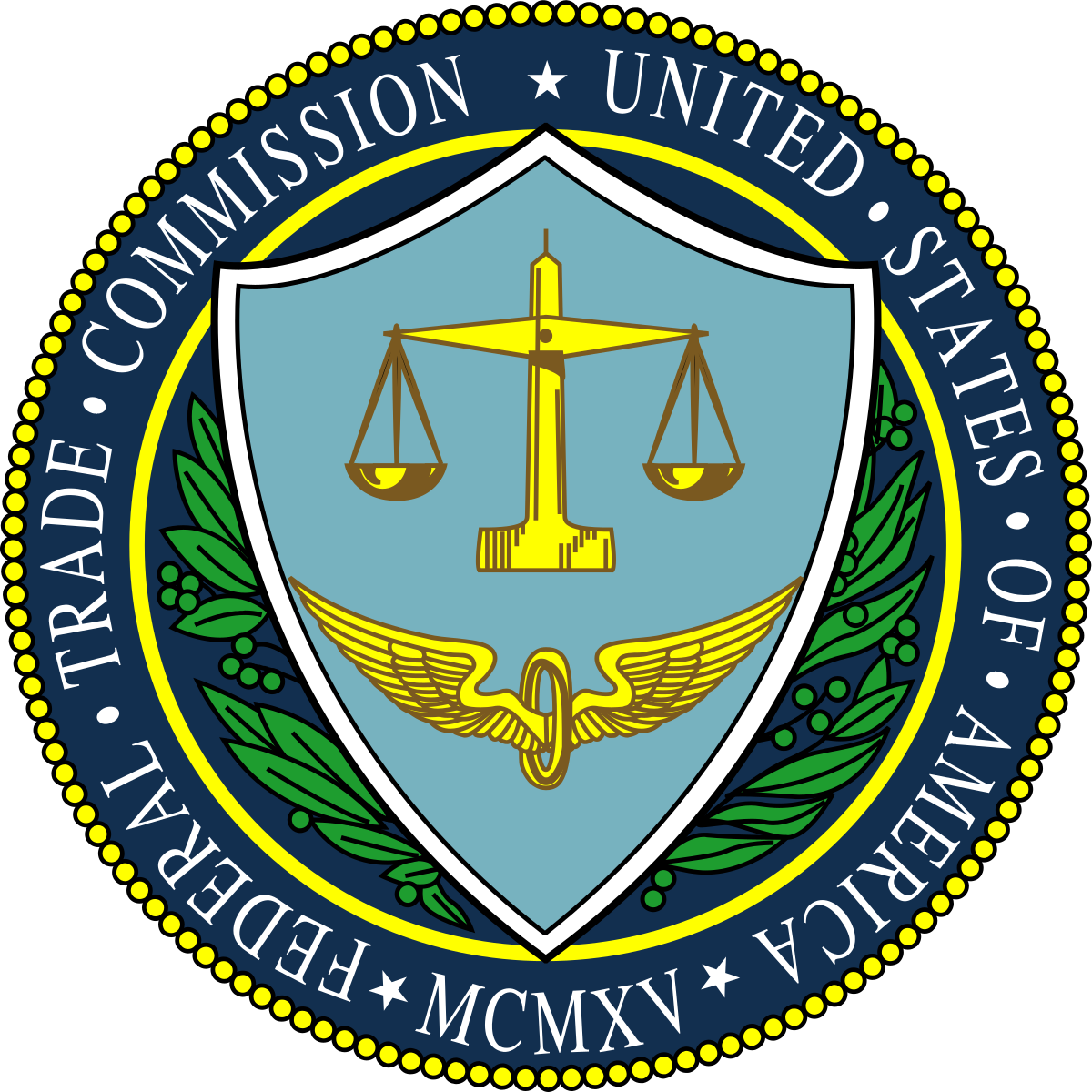
FTC
At an open Commission meeting today, the Federal Trade Commission staff presented findings from its inquiry into past acquisitions by the largest technology platforms’ that did not require reporting to antitrust authorities at the FTC and the Department of Justice.
Launched in February 2020, the inquiry analyzed the terms, scope, structure, and purpose of these exempted transactions under the Hart-Scott-Rodino (HSR) Act and the Commission’s reporting requirements by Alphabet Inc., Amazon.com, Inc., Apple Inc., Facebook, Inc., and Microsoft Corp. between Jan. 1, 2010 and Dec. 31, 2019. These companies comprise the top five U.S. companies by market capitalization.
Under the HSR Act, the FTC and the Department of Justice review most proposed transactions that affect commerce in the United States and are valued over a prescribed size threshold. Either agency can take legal action to block deals “in any line of commerce” that it believes may “lessen competition, or to tend to create a monopoly.”
“While the Commission’s enforcement actions have already focused on how digital platforms can buy their way out of competing, this study highlights the systemic nature of their acquisition strategies,” said Chair Lina M. Khan. “It captures the extent to which these firms have devoted tremendous resources to acquiring start-ups, patent portfolios, and entire teams of technologists—and how they were able to do so largely outside of our purview.”
The technology platform inquiry focused on 616 transactions (that exclude hiring events and patent acquisitions) valued at or above $1 million. Among the key findings:
- Of the 616 transactions, 94 exceeded the HSR Size of Transaction threshold. (Although most transactions that exceed the size threshold must be reported, in some instances parties may not need to file if certain other criteria are met or statutory or regulatory exemptions apply.)
- In 36 percent of the transactions, the acquirer assumed some amount of debt or liabilities. When added to the purchase price of the target, such debts and liabilities would have tipped the purchase amount of three transactions above the HSR Size of Transaction threshold. That is, three more transactions would have been added to the 94 transactions already above the HSR Size of Transaction threshold.
- More than 79 percent of transactions used deferred or contingent compensation to founders and key employees, with relatively small variation across the five respondents. Higher value transactions were more likely to use deferred or contingent compensation. Of the transactions reported, nine additional transactions would have exceeded the HSR Size of Transaction threshold (i.e., in addition to the 94 transactions already above the HSR Size of Transaction threshold) at the time of their consummation when adding the deferred or contingent compensation to their purchase price.
- More than 75 percent of transactions included non-compete clauses for founders and key employees of the acquired entities, with little variation in the percentage of transactions that had non-compete clauses across the five respondents. Higher value transactions were more likely to use non-compete clauses.
- The number of transactions in each of five transaction size ranges – starting at between $1 million and $5 million and ending at between $50 million and the Hart-Scott-Rodino Size-of-Transaction threshold – fluctuated but generally trended up over the 2010 to 2019 time period. Of the 616 transactions, 65 percent were between $1 million and $25 million.
- Asset and control transactions, including voting security control and non-corporate interest control transactions, were the most common in each transaction range. For transactions exceeding $5 million, the majority were control transactions. Moreover, higher-value transactions were more likely to be control acquisitions.
- The majority of transactions in each transaction range were for domestic firms, with roughly two thirds of the entities acquired in each transaction range being domestic.
- At least 39.3 percent of the transactions in which the target company’s age was available involved firms that, as of the time of the consummation of the transaction, were less than five years old.
- In more than half the transactions for which the respondents provided the number of the target company’s full-time non-sales employees, the number was between one and 10. Employee counts correlate positively with the size of the transaction.
- The total number of transactions per calendar year across the five respondents ranged from 43 at its lowest per calendar year (in 2012) to 79 at its highest (in 2014), and remained relatively higher in 2015-2019 (ranging from 63 to 74 transactions) than in 2010-2013 (ranging from 43 to 63 transactions).
To conduct this inquiry, the Commission issued Special Orders to these companies, requiring them to provide information about prior acquisitions not reported to the antitrust agencies under the Hart-Scott-Rodino Act. These orders were issued under Section 6(b) of the FTC Act, which authorizes the Commission to conduct wide-ranging studies that do not have a specific law enforcement purpose.
The Commission voted 5-0 to make the report public. Chair Khan and Commissioners Rohit Chopra and Rebecca Kelly Slaughter each issued separate statements.
The Federal Trade Commission works to promote competition, and protect and educate consumers. You can learn more about how competition benefits consumers or file an antitrust complaint. For the latest news and resources, follow the FTC on social media, subscribe to press releases and read our blog.



